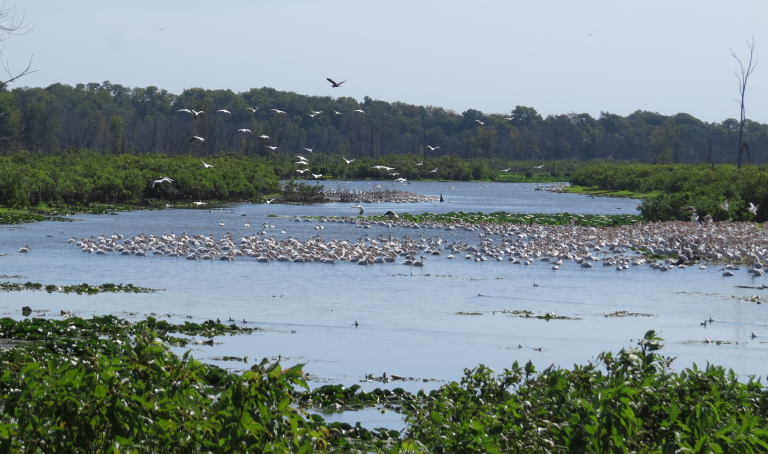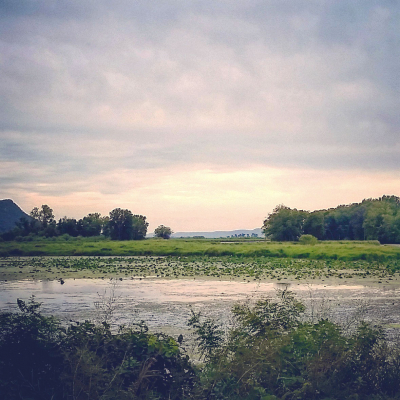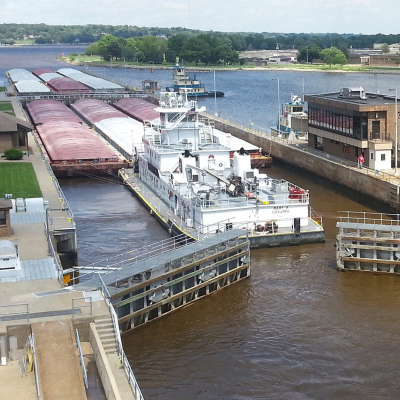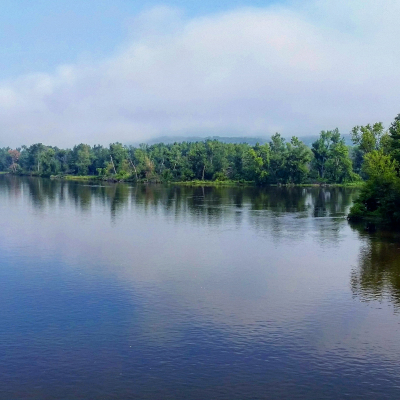The Upper Mississippi River is a broad, shallow river ecosystem. Historically, following a spring flood, the river's water levels lower in the summer enough to expose sediment along the river banks and islands. The exposed sediment is where native aquatic plant seeds germinate and regenerate. Fish and wildlife find refuge and food among the plants. And, the plants trap sediment and clean the water.
To maintain the 9-foot navigation channel, dams were placed along the Upper Mississippi River System that hold water levels high and prevent levels from dropping naturally, permanently inundating substantial portions of the floodplain. Additionally, higher water levels extending well into the growing season represent a substantial departure from the historic conditions around which the natural ecosystem evolved, including periodic low water levels during the growing season. Fortunately, we can change the way dams are operated to mimic natural water levels. Using the dams to lower water levels as little as six inches during the summer can expose thousands of acres of mudflats and trigger the sprouting of dormant seeds.
Short and long term effects on freshwater mussels and floodplain forests are not yet well understood, but resource managers are working to mitigate risks and monitor the species.
Watch Audubon's video explaining the natural pattern of water level management on the Upper Mississippi River: https://youtu.be/l0hh163ZslM.

Port Louisa USFWS Refuge
Cathy Nigg




